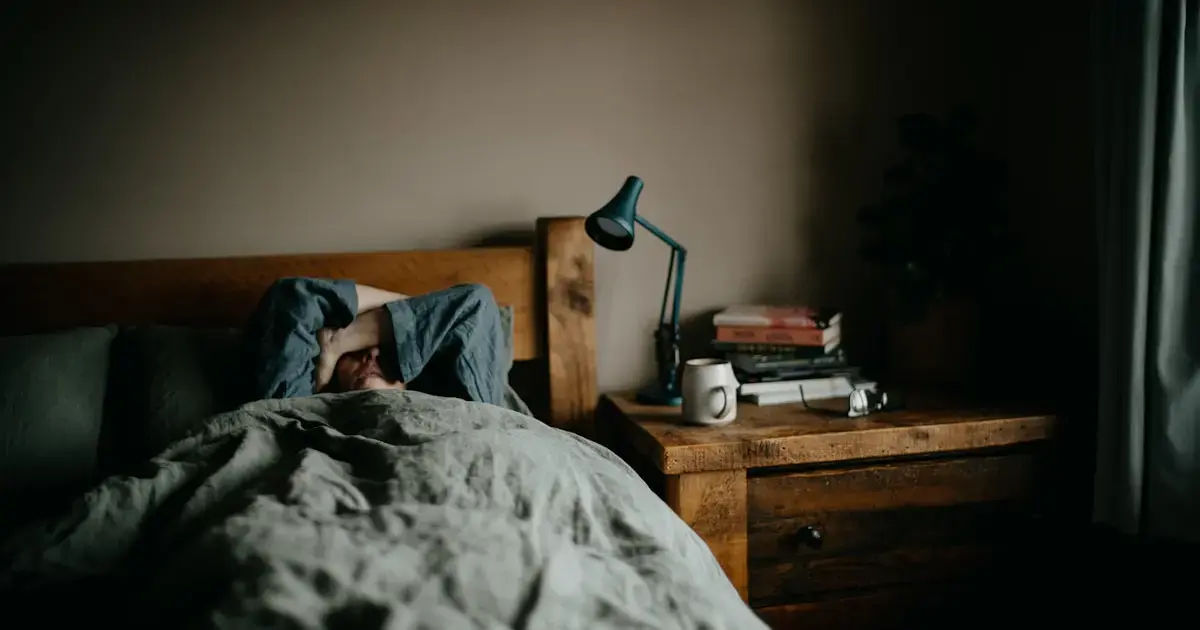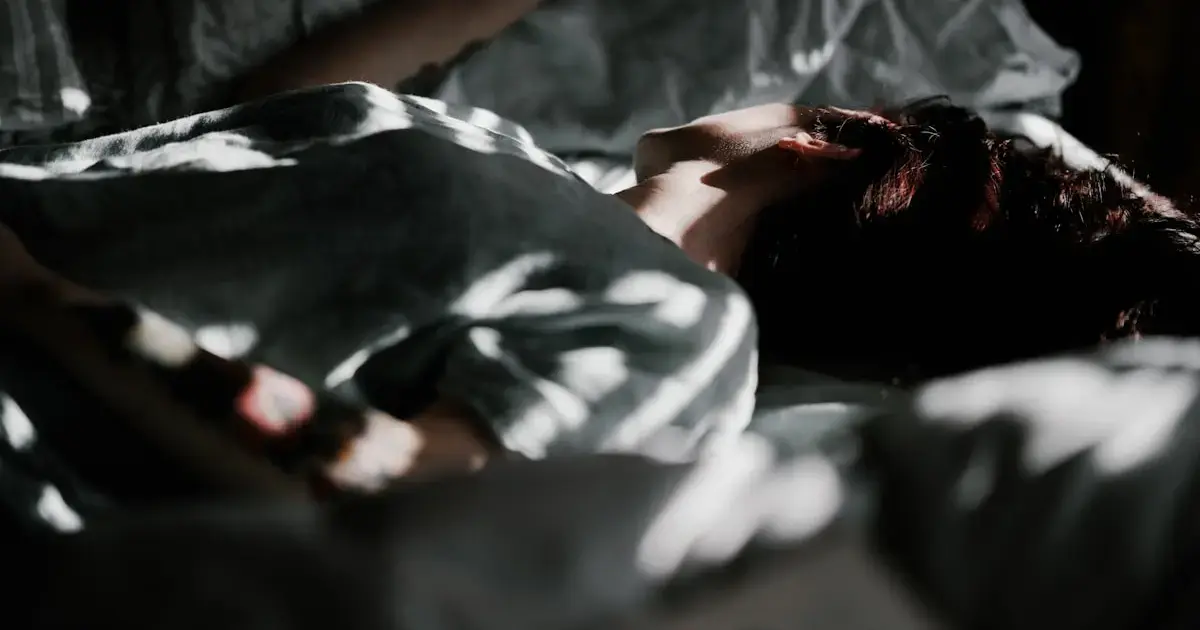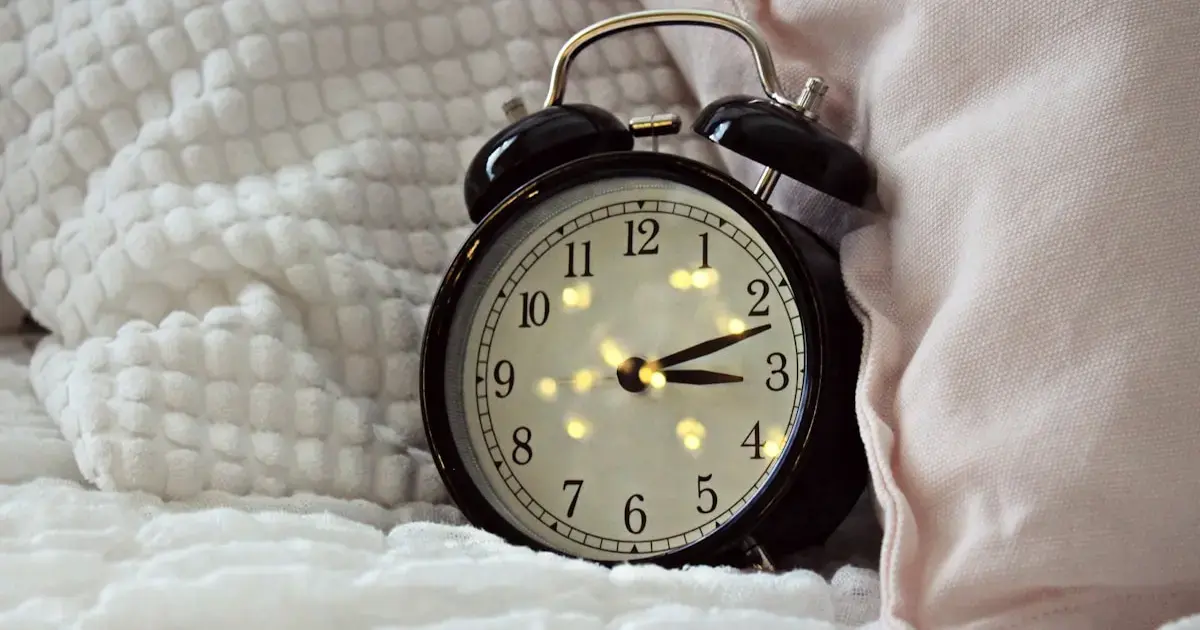 Continuous is, in fact, a modern invention rather than an evolutionary constant, scientists argue. When we occasionally wake up at 3 a.m. and think something is wrong with us, there’s no need to worry. In reality, this is a reflection of deep-rooted human experience.
Continuous is, in fact, a modern invention rather than an evolutionary constant, scientists argue. When we occasionally wake up at 3 a.m. and think something is wrong with us, there’s no need to worry. In reality, this is a reflection of deep-rooted human experience.
As Darren Rhodes, a cognitive psychology lecturer at Keele University in the UK, explains, for most of human history, uninterrupted eight-hour sleep was not the norm. Just a few centuries ago, people typically slept in two shifts each night: they had what could be called a first and second sleep. Each lasted a few hours, interrupted by a period of wakefulness that lasted about an hour or so.
Historical records from Europe, Africa, Asia, and other regions indicate that after darkness fell, families would go to bed early, then around midnight, and then fall asleep again until dawn. This interval of wakefulness provided a clear middle to the night, making it easier to endure long winter evenings.
Some people used this time for household chores, like tending to the fire or caring for animals. Others stayed in bed to pray or reflect on dreams they had just experienced. Letters and diaries from the pre-industrial era mention that people utilized the quiet hour between the two sleep periods for reading, writing, or calm conversation. Couples often dedicated their wakeful time to intimacy, as reported by Science Alert.

Why Did Two Sleeps Merge into One?
This shift occurred over the last two centuries due to profound societal changes. One of these changes is . Instead of going to bed shortly after sunset, people began to spend long evenings under the glow of gas and later electric lamps.
Dr. Rhodes noted that bright light at night disrupts our circadian rhythms and reduces the body’s tendency to wake up after a few hours of sleep. It suppresses the production of , thus delaying the onset of sleep to a later hour.
In modern sleep studies that simulate long winter nights in darkness without clocks or evening lighting, participants often adapt to two sleeps with a peaceful wakefulness interval. A 2017 study conducted in an agricultural community in Madagascar without electricity showed that people primarily slept in two periods, waking up around midnight.
According to Dr. Rhodes, the weaker and later morning natural light in winter makes it difficult to regulate circadian rhythms. Morning light is particularly important for this, as it promotes effective cortisol production and suppresses melatonin.
Certain distortions also occur during polar winters, where the absence of sunrise and sunset can create a feeling that time has stopped. People living in high latitudes have their own unique daily routines and cope better with the cycles of polar nights than those who visit them for a short time.

A New Perspective on Insomnia
consider brief awakenings a normal phenomenon that often occurs during transitions between sleep phases, particularly close to the rapid eye movement (REM) phase associated with vivid dreaming.
However, we all react differently to unexpected wakefulness intervals. The brain often perceives them as anxious and endless, and dim lighting usually amplifies this feeling. Attention focuses on the time, and the passing minutes seem longer, says Dr. Rhodes.
When prescribing cognitive-behavioral therapy for , doctors recommend getting out of bed about 20 minutes after waking, engaging in something relaxing in low light, such as reading, and returning to bed when you finally feel sleepy.
If falling asleep is difficult, sleep experts suggest covering the clock with a cloth and not thinking about the time at all. Accepting wakefulness calmly and being indifferent to the passing time can help you rest well.
Photo: Unsplash
